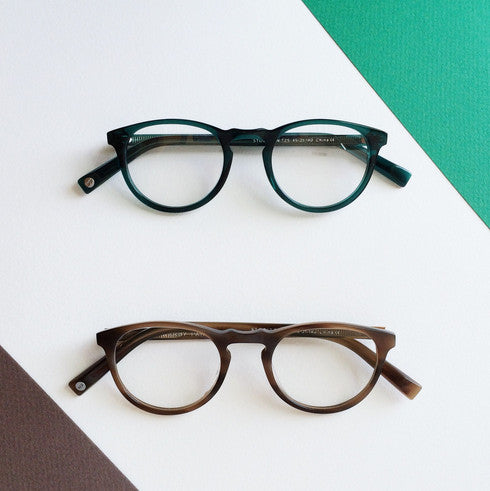Tips for Adjusting to New Eyewear


Your eyes will need some time to become used to a new prescription. Don't worry if you get any moderate vertigo when you first wear your new prescription; this is common and almost everyone experiences it. We advise against scheduling any long-distance travel or physically demanding activities during the first few days after receiving your new medication.
The more you wear your new glasses, the quicker your eyes will adjust to the new prescription. Even though wearing your old spectacles could be a lot of fun, avoid doing so if they still contain your prior prescription because it will only make adjusting harder. Up to a few weeks are needed for the entire adjustment process. Consult your eye doctor if, after a week of consistent use, your new glasses still don't feel right and you are having headaches or blurry vision.
Using progressive lenses will help you see clearly at various distances. Now that you can see objects at any level and get stylish looks, it's a victory in our book. Progressive lenses have soft focus at the borders and the sharpest vision is found close to the center, from top to bottom. As a result, wearers of these lenses experience a longer adjustment period. For the first few weeks, we advise turning your head rather than just glancing left and right. Look through the bottom of the lens while tilting your chin up or down to observe close-up things.
On the other hand, keep in mind that single-vision reading glasses are only appropriate for a specific reading distance if you are ordering them for the first time. Measure this distance in your most frequent and comfortable reading position before ordering the glasses to ensure that books, screens, and other things are kept at the proper distance for the optimum outcomes.
We adore different frame shapes, from large and rounded to small and rectangular, but frame size and curvature can also require some getting used to. Your peripheral vision is impacted by lens curvature, and you might notice that your vision has improved. In any case, it will take your brain a few days to process your entire field of vision with the improved clarity that the corrected curve lenses provide.
Additionally, it might take some time for you to get used to lens materials other than your typical clear lenses. It could take a little while to become adjusted to new lens technologies like polarized, photochromic, or blue-blocker lenses. Polarized lenses can obstruct your vision of digital devices while improving contrast and reducing glare. If you add reflective to photochromic lenses, you might experience reduced discomfort from ambient light. You won't need much time to acclimate, but the first few times your lenses automatically darken, you could be taken aback. Your eyes may feel less dry and worn out after you start using blue-blocking glasses, so the adjustment may be more beneficial.





